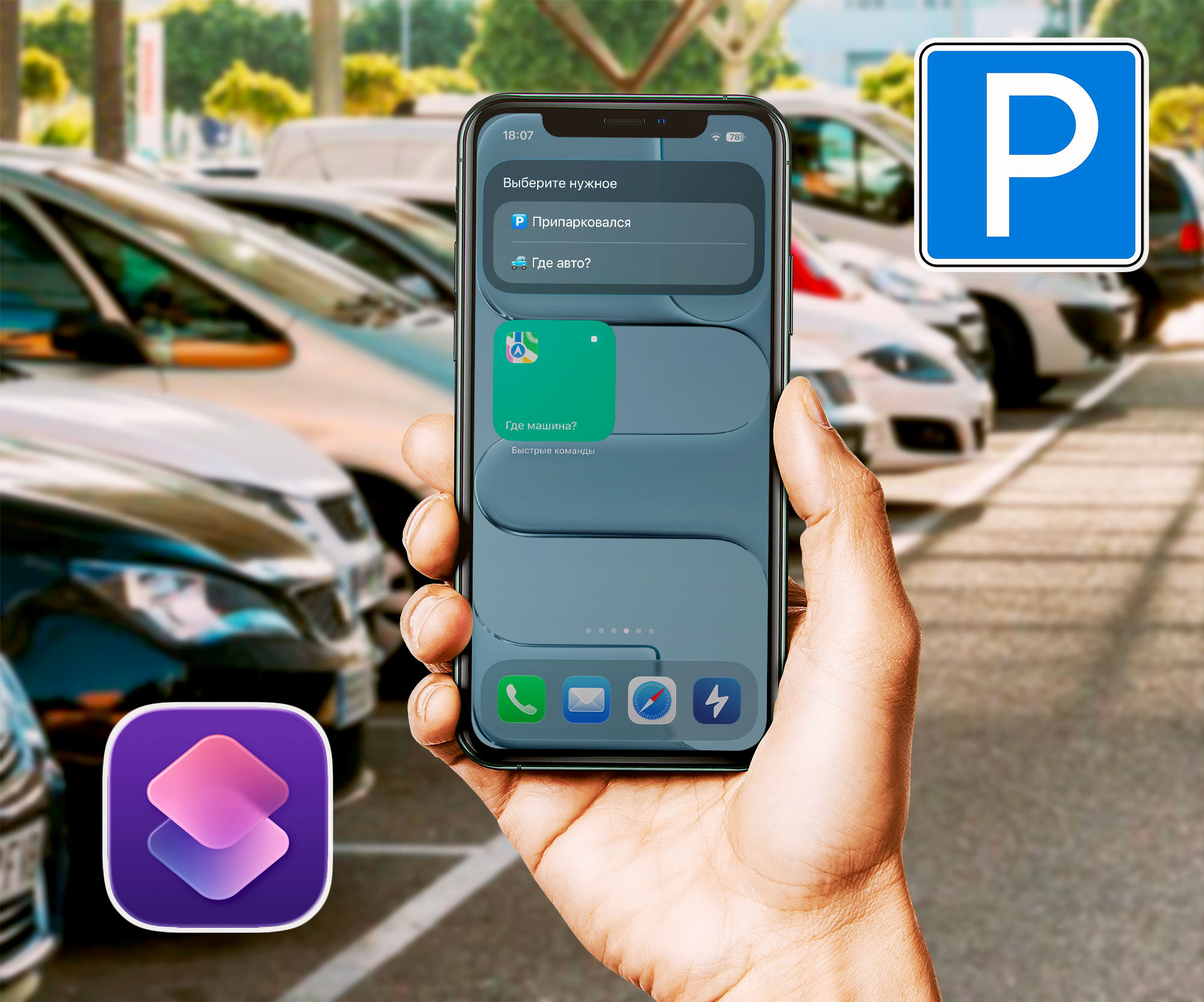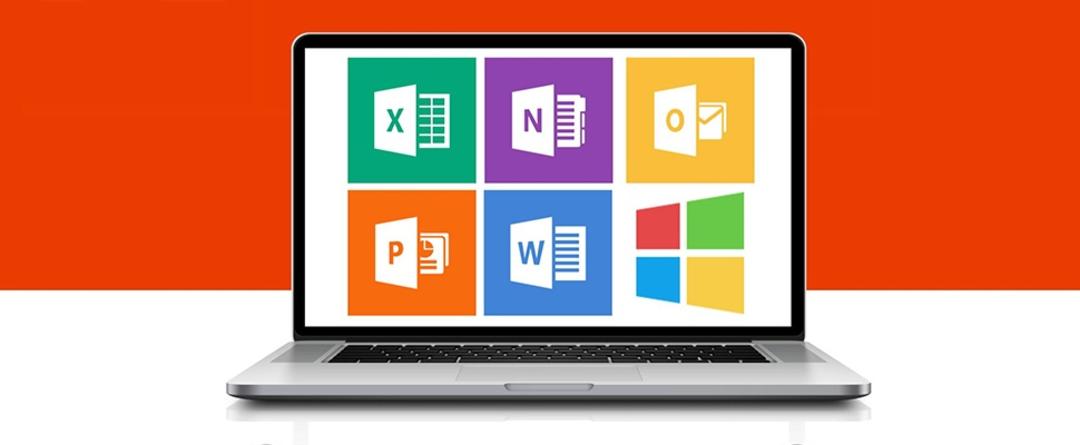Tails is designed as a live operating system where everything is focused on anonymity and protecting your online privacy. It will be a bit of a surprise that the Tor project is behind this development. We explain how to install Tails.
Linux can be considered as one of the more secure operating systems. It is therefore no coincidence that Tails is based on Debian GNU/Linux with a GNOME desktop environment. Tails stands for Amnesic Incognito Live System and the name perfectly sums up what the project aims for: anonymity and privacy.
Tails is just one of the tools and services of the Tor project. You can find an overview at www.kwikr.nl/torproj.
Its center is Tor Browser, a modified version of Mozilla Firefox. Not only are all cookies deleted by default after each browser session, Tails doesn’t leave any other traces on your computer because everything is stored in RAM, except what you store in an encrypted persistent storage.
Some extensions also ensure your privacy in other ways: HTTPS Everwhere forces https encrypted connections whenever possible, disables NoScript scripts and plugins, and uBlock removes ads. Also included in the Tails toolbox is a modified version of Thunderbird for sending encrypted emails, KeePassXC for storing your passwords, and OnionShare for securely sharing files via Tor.
Put the tails on the USB stick
While you can also install Tails as a virtual machine (see www.kwikr.nl/tailsvm for iso disk image), here’s how to put it on a live USB stick. You can do this from multiple operating systems, but we’re starting with Windows. We use balenaEtcher (for macOS and Windows) for this.
Start the tool and select Flash from file. See the Tails img disk image available for download at www.kwikr.nl/tailsdl. click choose destinationLook at your (blank) USB stick and confirm with . flash. When you’re done, your Tails stick is ready.

Start
Preferably only plug your stick into a closed PC, this reduces the risk of an active and infected system writing to the stick. On the welcome screen, you set the language and keyboard layout. Bee Additional settings time to pay attention. This includes some extra (security) settings that you can configure via the plus button.
that’s how you put it Management Password if you just want to install additional software (see ‘Persistent storage’ below), access internal hard drives or run sudo commands (via Applications / System Tools / Root Terminal).
Unsafe Browser Just keep yourself busy to sign up for a network with the ‘captive portal’. MAC Address Anonymization leave it enabled unless you are experiencing connection problems with your network interface(s). offline mode useful if you don’t need internet connection. of the Start Queues start the desktop environment.

Tor connection
Normally a dialog Tor Connection you can choose between Automatically connect to Tor and Hide my local network that I connect to Tor. This second option is mainly intended if you suspect that your network connections are being monitored, for example in a corporate environment. In the first case, Tails automatically connects to the Tor network via a public relay. If that doesn’t work, Tails uses a standard Tor bridge like a hidden relay.
But if that also fails, Tails will ask you for a custom hyperlink. If you choose to hide your connection to Tor, you will still receive a private bridge question. You can request bridges at www.kwikr.nl/bridges. To save, you must enable persistent storage.
confirm your choice with Connect to Tor. A little later you can start Tor Browser or open other applications. click Tor Control To verify that you are indeed connected to the Tor network. If it does not work immediately, click the network icon in the upper right and check if the correct wireless network interface is installed, if any.

Persistent Storage
As mentioned, Tails does not keep any data by default. If you find this helpful, you can enable encrypted persistent storage. Click on the top left for this Applications / Queues / Configuring Persistent Volume. Enter a strong password (2x) and confirm with . To create. From the configuration wizard you specify what you want to keep in it, for example Personal data, welcome screen (language and regional settings), Tor Bridge, OpenPGP keys or Additional software. You can also access this storage space at: Applications / Accessories / Files / Persistent.
A little more about the option Additional software. So you can install additional applications in it. queuessuch as apps or language packs. To do this, go to: Applications / Queues and Select Additional software. (for example) click on Synaptic Package Manager, enter your (previously entered) admin password and once the package information is received, you can install the software from the Synaptic package manager. At the end of the installation, you can choose whether to install the software once or permanently on your permanent storage.
More tips for monitoring your digital privacy? Then order this Security and Privacy Course Bundle.
attention points
Tails can have several security functions and tools, but a system is never completely waterproof. It certainly does not happen when the user behaves indifferently and for example uses a weak password, logs in to social media with information related to his real identity, or shares files with privacy-sensitive metadata. You should also make sure you install Tails on a clean computer and use Tails on a computer whose BIOS or firmware is not compromised.
Also, keep in mind that since the exit nodes of the network are public, visited sites may know that you are surfing on Tor. It cannot be completely ruled out that your exit node has been involved in a MITM attack. If Tor Browser warns you about a potential security risk, immediately request a new identity (via). Ctrl+Shift+U), so you are also assigned a new exit node.
Source: Computer Totaal













